Low Milk Supply Solutions: A Guide for Breastfeeding Mamas
Jul 26, 2024As a new breastfeeding mama, few things can be more stressful than worrying about whether your baby is getting enough milk. If you've found yourself frantically googling "how to increase milk supply" at 3 am, you're not alone.
I'm a postpartum dietitian and certified lactation counselor, and one of the top concerns I hear from clients is low milk supply. The good news? In many cases, low supply is temporary and can be remedied by identifying and addressing the root cause. The key is understanding what's really behind your dwindling milk stash.
In this guide, I'll uncover some of the most common culprits behind low milk production and share my top sustainable solutions for boosting your liquid gold reserves. Let's dive in!
The #1 Low Milk Supply Myth to Ignore
One of the biggest misconceptions I encounter is the belief that simply taking a supplement or following a one-size-fits-all protocol will resolve low milk supply issues. But here's the reality: We all have different root causes impacting our milk production.
Maybe your flanges need resizing or your pump parts require more frequent changing. Perhaps you're inadvertently missing your baby's hunger cues or restricting your calorie intake too drastically. The root cause for one mom may be entirely different from the next.
That's why simply chugging a concoction or popping a pill someone recommended isn't a reliable fix. If the underlying issue isn't being addressed, that magic solution won't work. Instead, we need to uncover and treat the root trigger first.
The Real Reasons Behind Dwindling Milk Supply
So what are some of the top reasons milk supply takes a dip?
Here are a few key culprits to investigate:
- Improper Pump Flange Sizing or Old Parts - Using the wrong pump flange size or failing to regularly replace used parts can majorly impact your output if you're an exclusive pumper. Having the right flange fit and high-quality pump is essential.
- Restrictive Dieting - Many nursing mamas don't realize that drastically cutting calories (typically under 1,800 per day) can wreak havoc on your milk supply and your metabolism. Our bodies require proper nourishment to produce sufficient milk.
- Poor Latch or Low Milk Transfer - If your baby struggles with a poor latch (which can happen for various reasons like tongue/lip ties), they won't be able to effectively transfer milk from the breast. This lack of regular milk removal can signal your body to produce less.
- Inconsistent Pumping or Feeding Schedule - Missing hunger cues and going too long between pumping sessions or nursing can prompt your supply to dip. Sticking to a consistent pumping schedule and identifying hunger signs helps ensure breasts are emptied regularly.
While frustrating, all of these potential issues have sustainable solutions! Let's cover a few of my top tips for boosting your milk supply naturally.
Sustainable Ways to Increase Milk Supply
Optimize Nutrition for Lactation
What you eat plays a crucial role in your milk-making abilities. Some top foods and nutrients to focus on:
- Omega-3s from fish, walnuts, chia seeds, etc. Support brain function for you and your baby.
- Vitamin D + Iron. Low levels increase postpartum depression and depletion risk. Supplement as needed.
- B Vitamins like folate, B6, B12. Support energy levels and brain health.
- Zinc-rich foods like chicken, beans, nuts. Crucial for postpartum healing and mood.
In addition to a balanced, nutrient-dense diet, be sure you're consuming enough overall calories - this varies depending on how many months postpartum you are, how much milk you produce, activity level, etc. Restricting intake can backfire!
Support Your Gut Health
Thanks to the gut-brain connection, nurturing your microbiome can benefit your milk flow. Load up on probiotic foods (yogurt, kefir, kombucha, etc.) and prebiotic sources like onions, garlic, and whole grains. Probiotic and prebiotic supplements can help too.
Stay Consistent With Nursing/Pumping
One of the best ways to establish and maintain sufficient milk production is to stick to a regular nursing or pumping schedule. Feed or pump around every 2-3 hours during the day to ensure breasts are emptying regularly.
Don't be afraid to wake a sleeping baby for feedings if needed during those early months! Consistent breast emptying helps signal your body to produce more milk.
Of course, every breastfeeding journey looks different. The key is identifying your individual obstacles, whether that's upgrading your pump setup, adjusting your latch and positioning, or incorporating milk-boosting dietary tweaks.
You can get the entire Breastfeeding Blueprint program for FREE as a bonus when you join us inside of The Postpartum Shift.






